This wooden hand-crank camera might be the most fun I've ever used
It's made of wood, it's 100% manual, you crank a handle to develop photos… and it's the most fun camera I've ever used
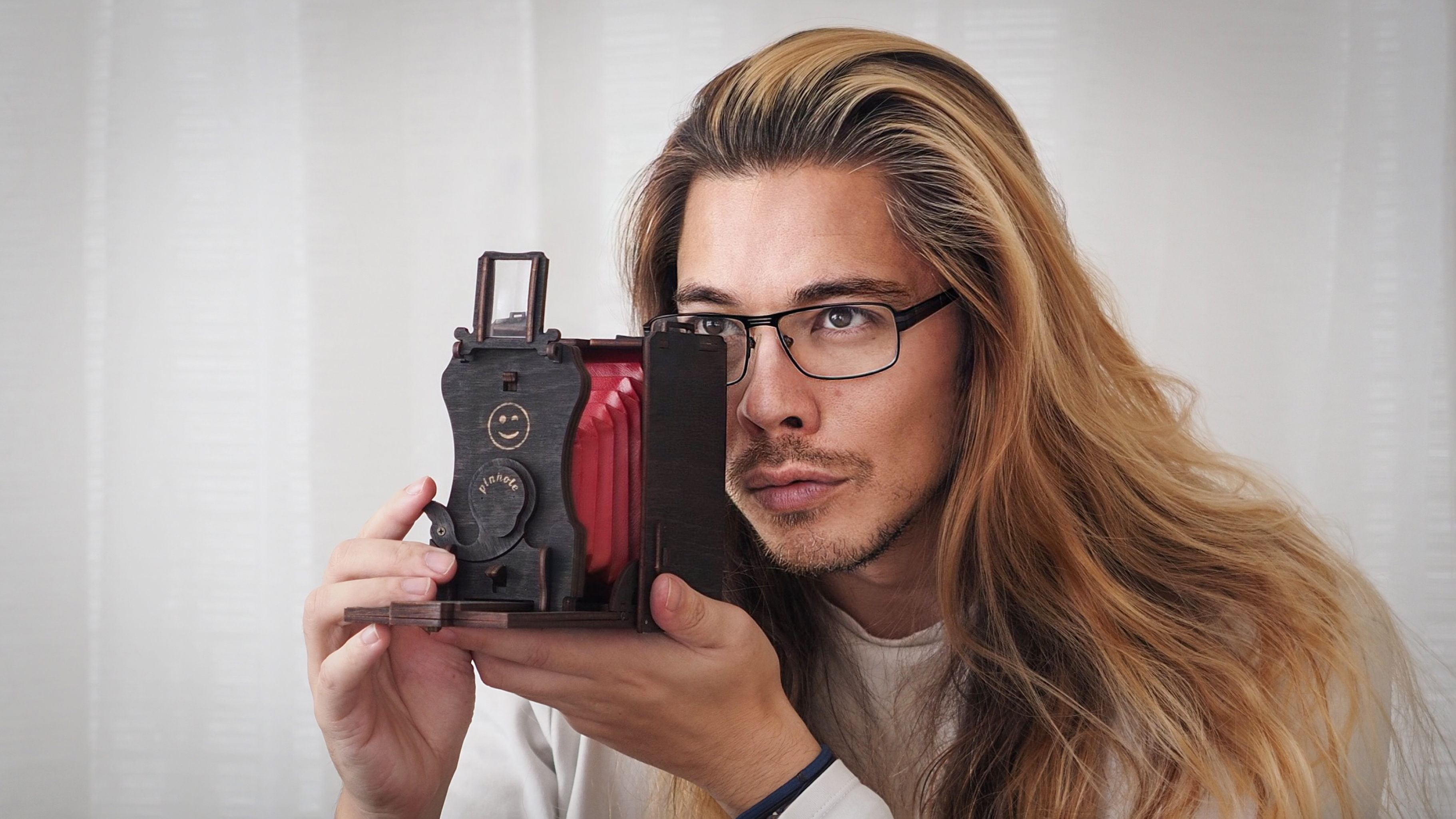
While my first love is mirrorless photography, I'm a huge geek for both instant photography and vintage cameras. Which is why I jumped on the chance to get my hands on the new (well, 'new-old') camera from Jollylook – and it's flat out one of the most fun cameras I've ever used.
In case you missed it (in which case, you can read my earlier story for all the details), the Jollylook Pinhole is a vintage-style bellows camera, made from wood, that uses Instax Mini film and captures images by pinhole exposure.
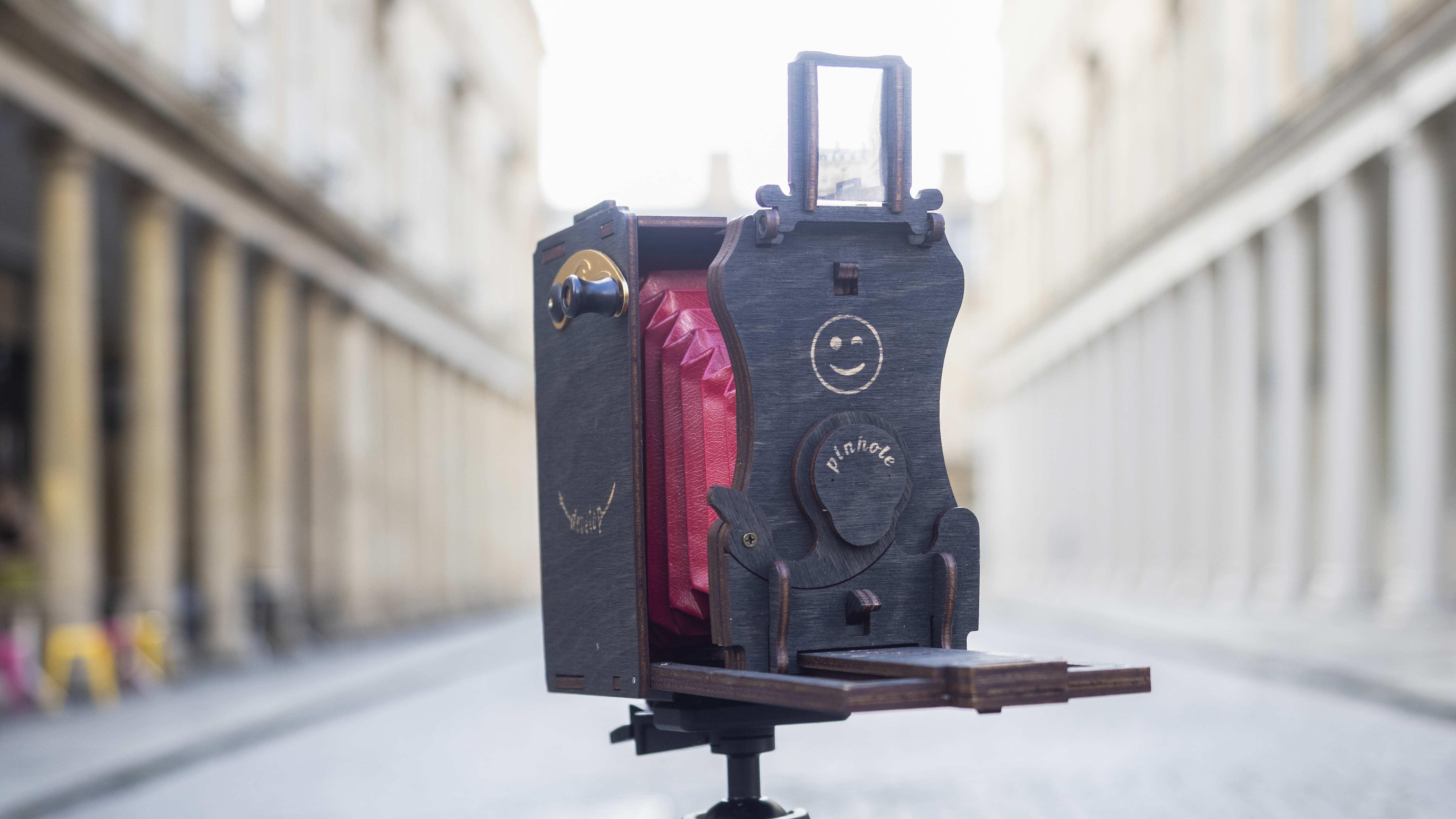
It's a completely manual affair. You have to physically open and set up the camera from its box state, expanding the bellows, popping up the viewfinder and setting the focal slider.
Pop in a pack of Instax Mini film and you're ready to go! You'll need a tripod, because again this is a pinhole camera – which means that it relies on long exposures, and your shutter is manually controlled via a flick switch, so it needs to be locked down.
And once you take a shot, you need to manually crank a lever on the side of the camera to develop and eject your photo. Swipe through the images below to see the setup and developing process:
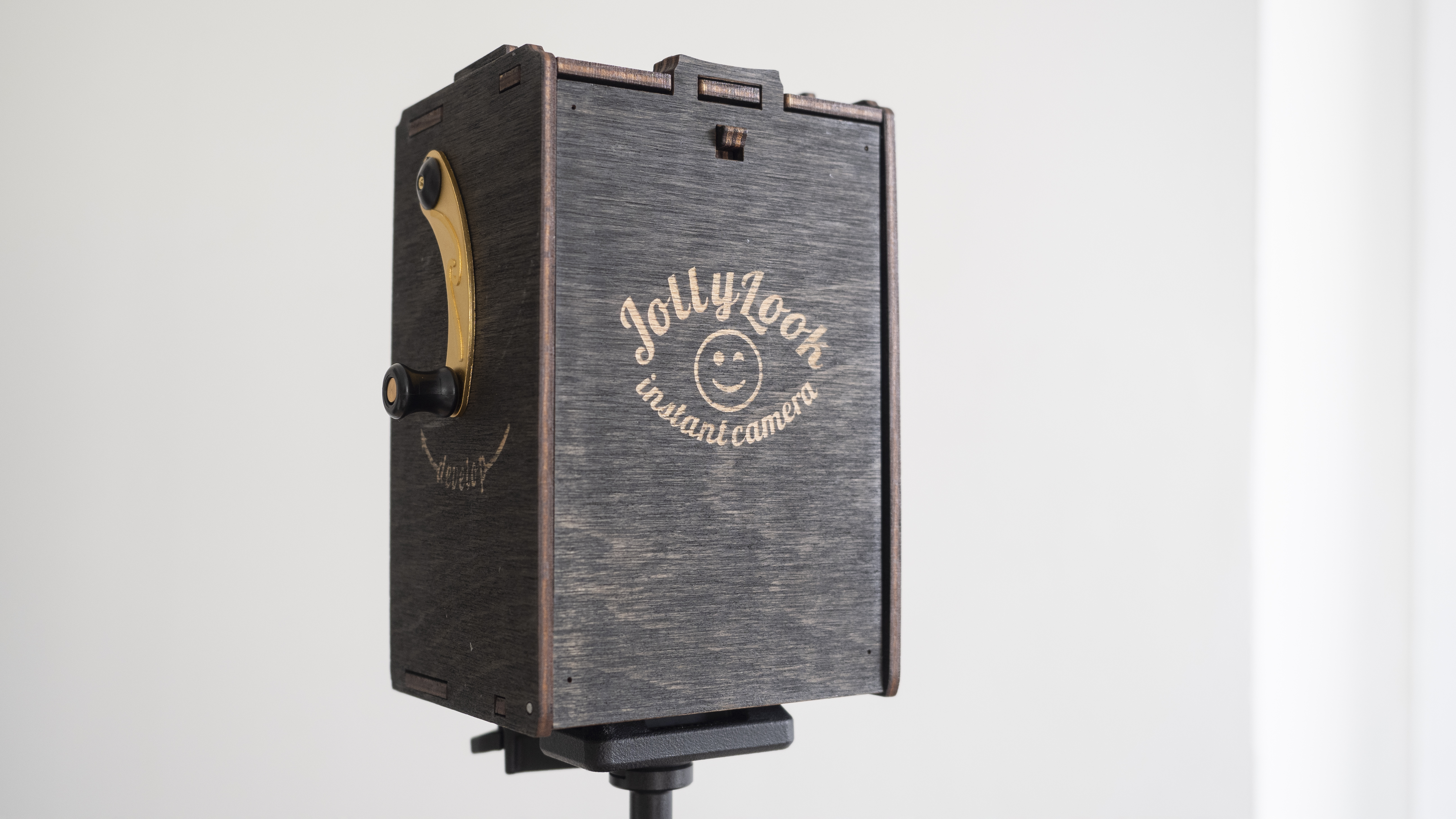
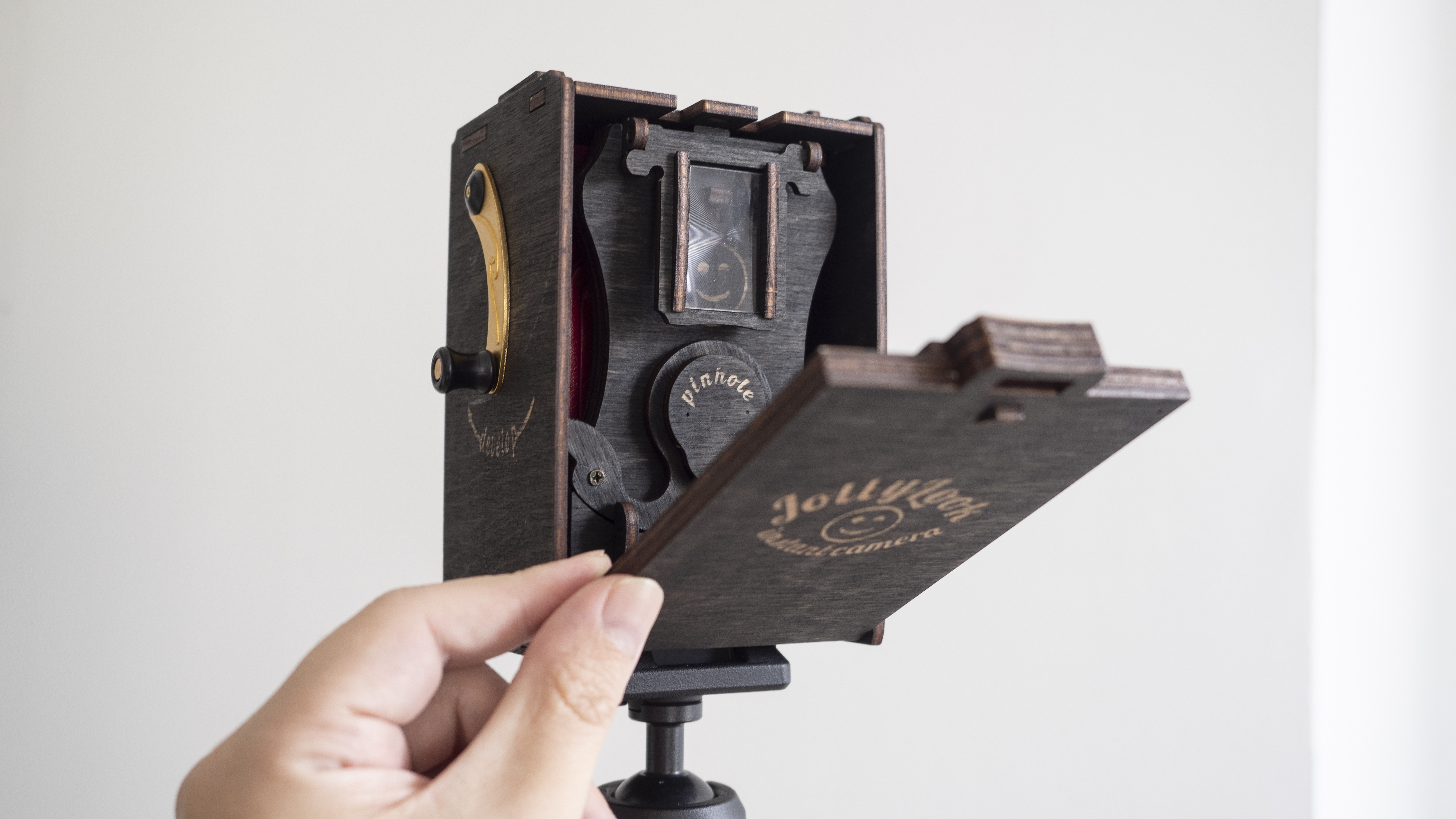
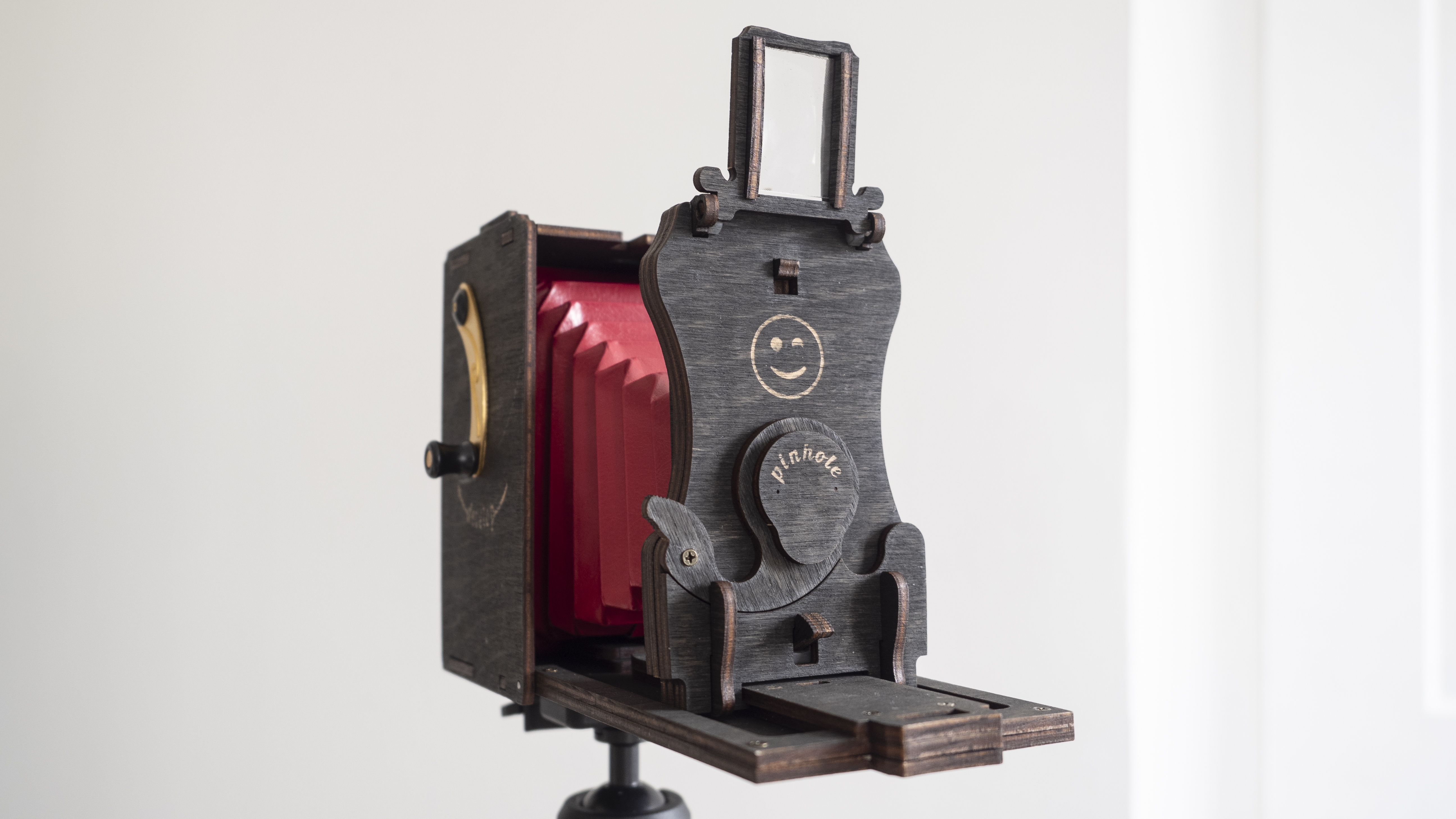
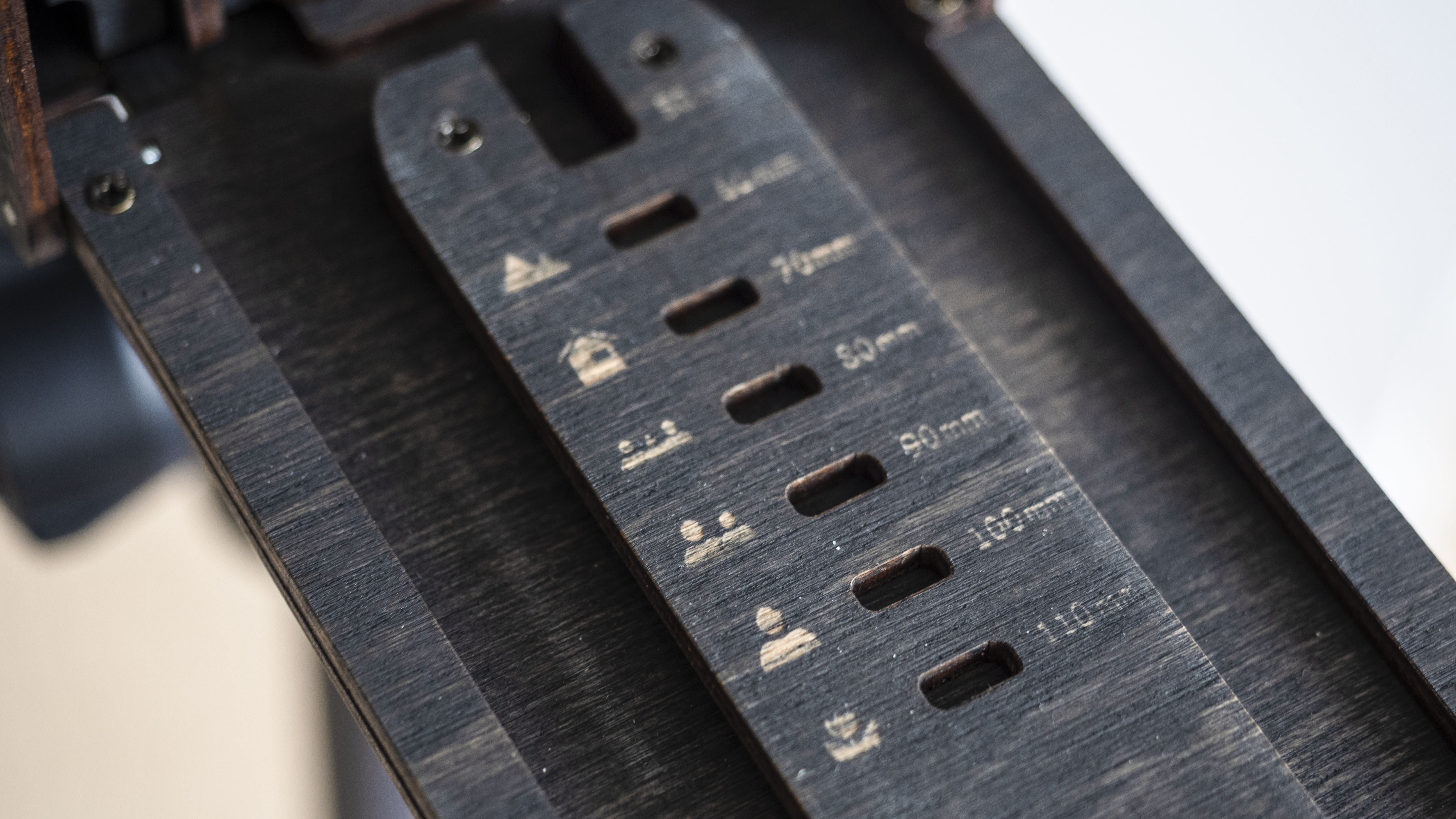
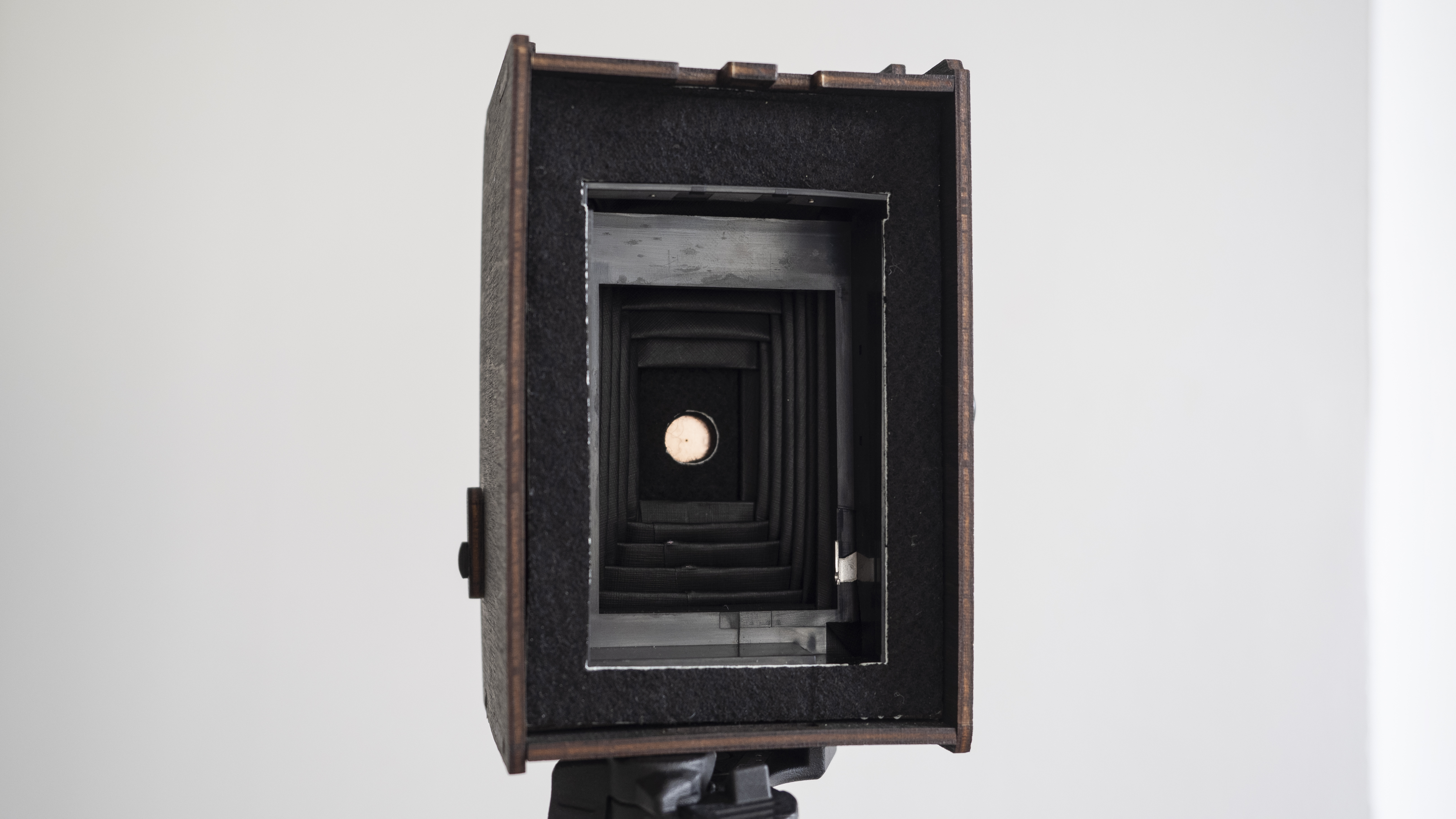
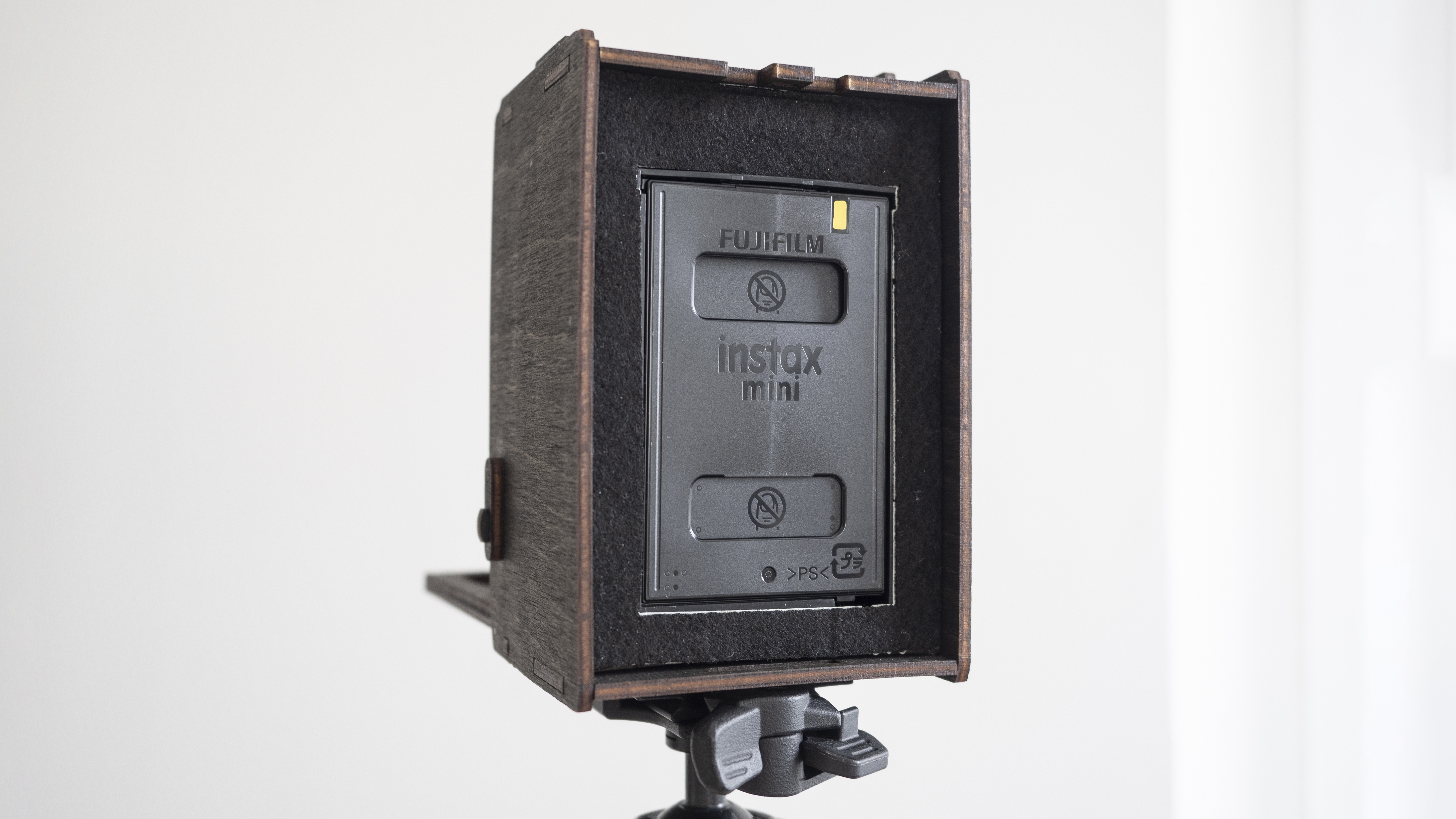
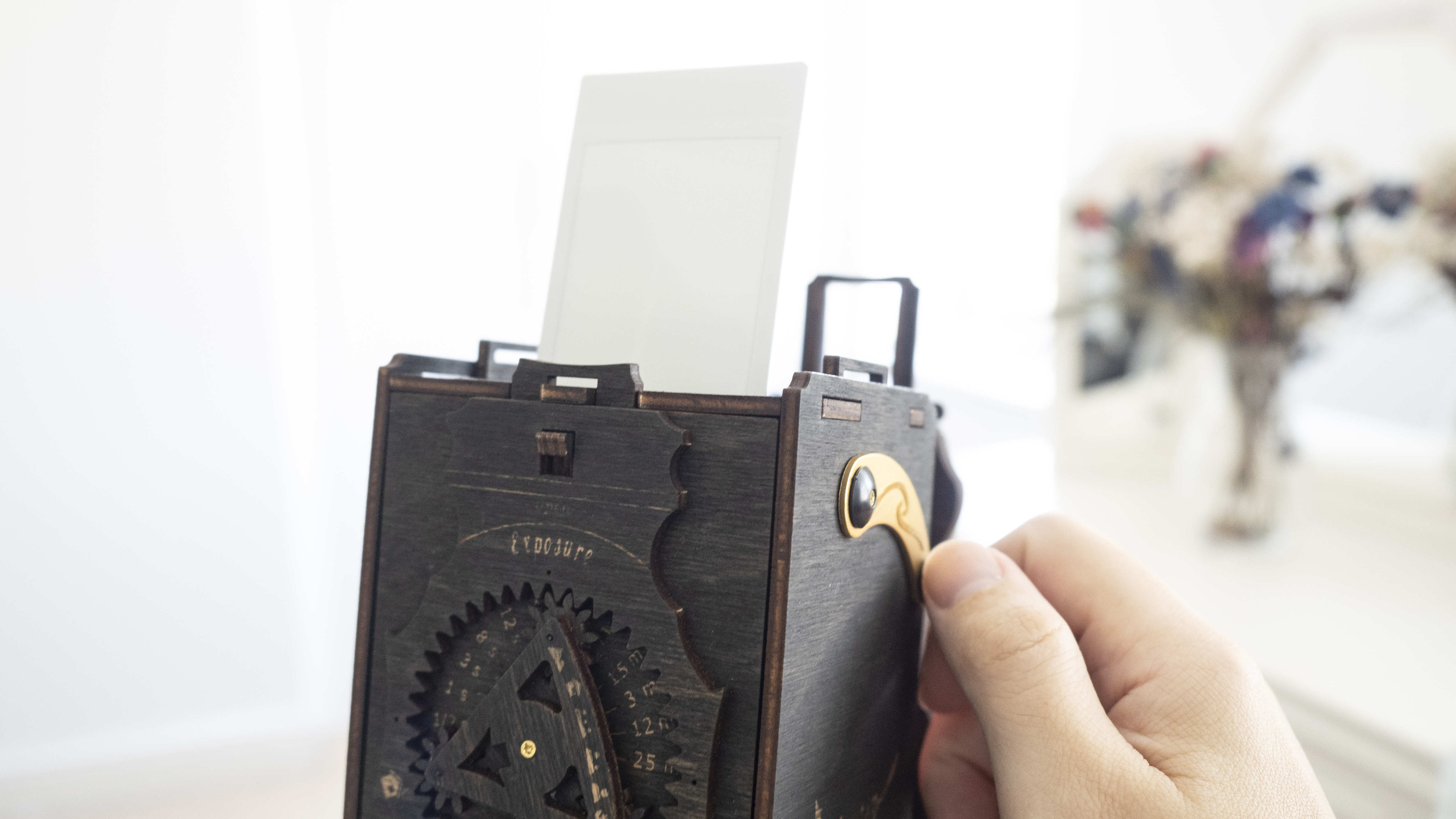
As anyone who has used an old fashioned finder will attest, composing your shots isn't easy and requires some practice. It's not dissimilar to using the viewfinder on an Instax or Polaroid camera, where you have to get used to the perspective shift between the finder and the lens.
The camera's focal length is about 44mm, as attested by the shot below taken on my Olympus OM-D E-M5 mark III from the same spot. To give some idea of how things translate, my settings on the Oly were 1/250 sec, f/8.0, ISO200. My "settings" on the Jollylook were opening the shutter for 15 seconds (on standard ISO800 Instax film).
Get the Digital Camera World Newsletter
The best camera deals, reviews, product advice, and unmissable photography news, direct to your inbox!
Now, given that this is a completely manual camera, calculating exposure times is completely down to the user. And like the composition, it's something that takes some practice to get the hang of – especially when you're trying to gauge contrasty scenes like in the second image below.
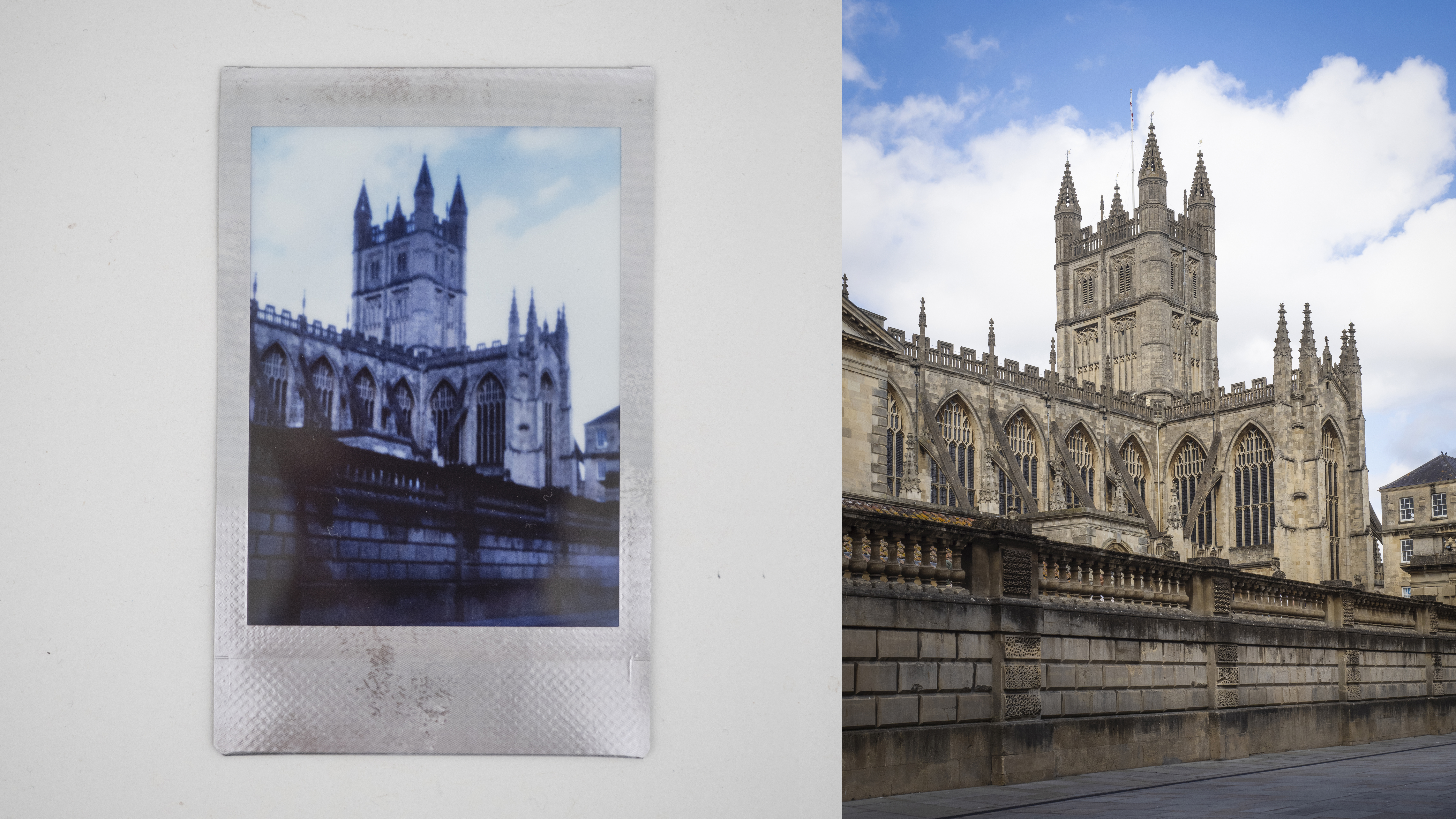
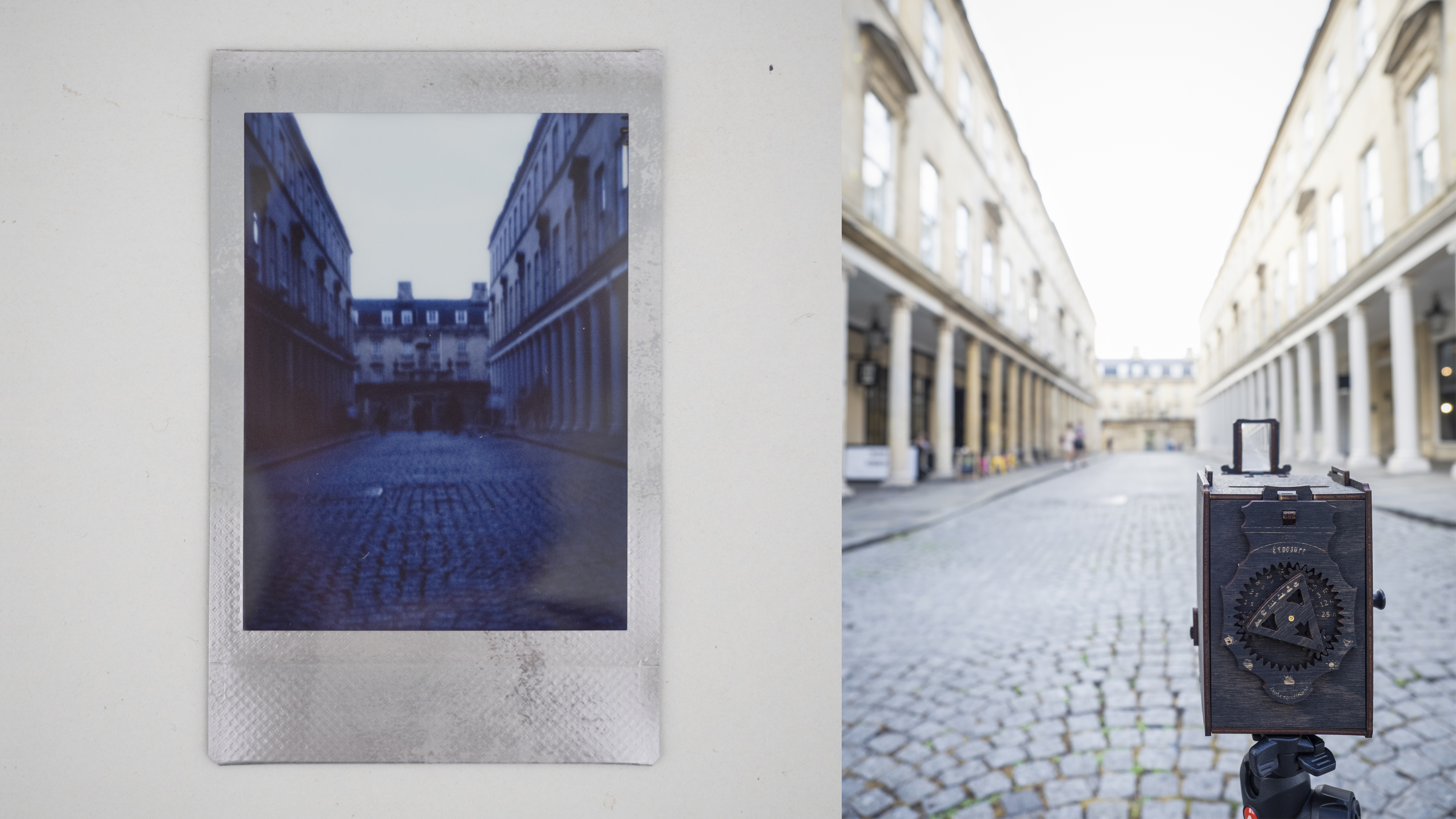
To help you figure this out, there is an exposure calculator on the back of the camera, which features a natty geared design that's very satisfying to turn as you input settings for your scene.
You turn the gear so that the arrow points to the ambient lighting conditions, from indoors to bright sunlight. The six icons at the top of the gear, representing the six focus positions for the bellows, each indicate their estimated exposure time.
This can be a matter of seconds to a matter of minutes, so it's helpful to have the timer on your phone handy to time things.
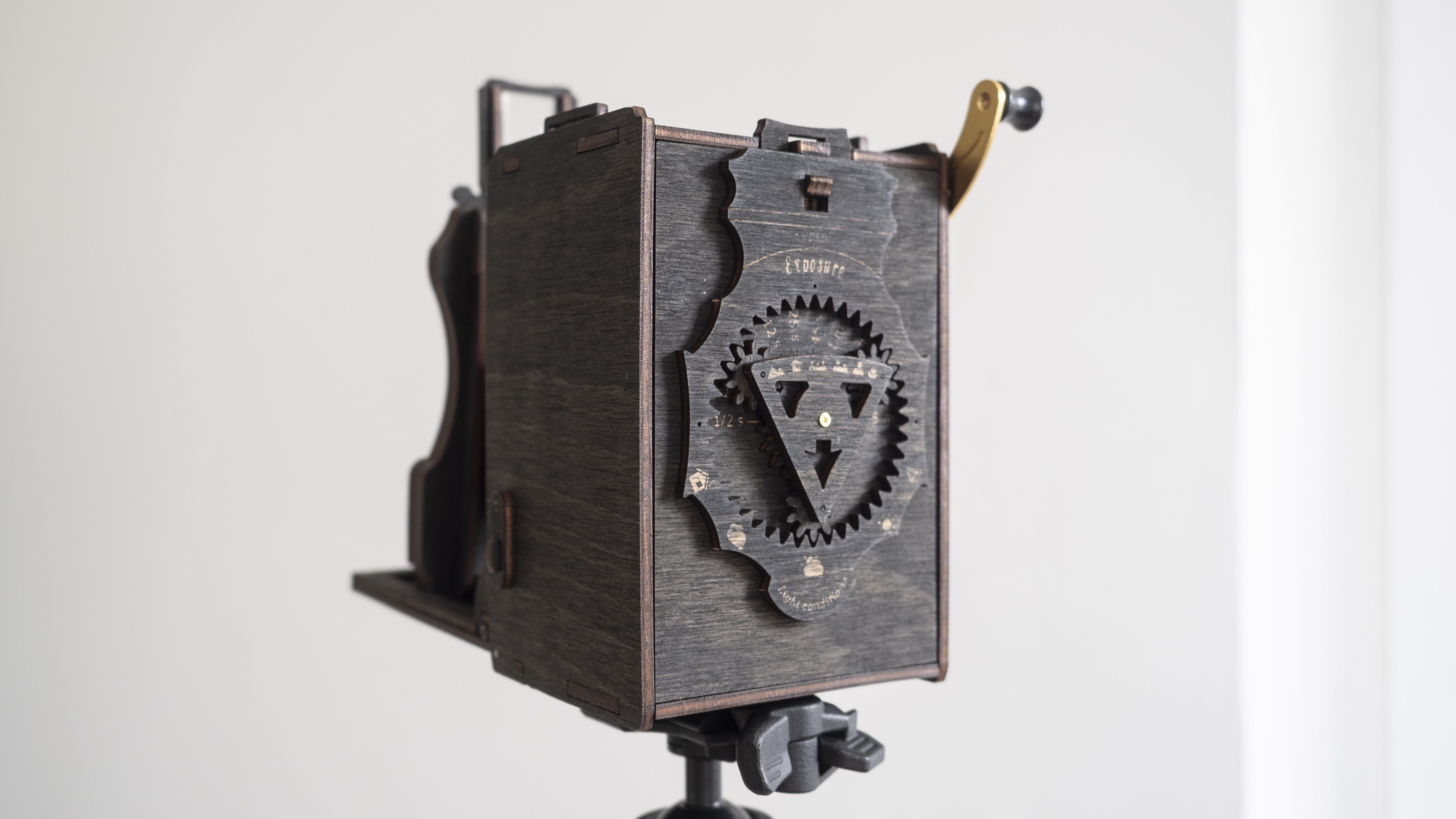
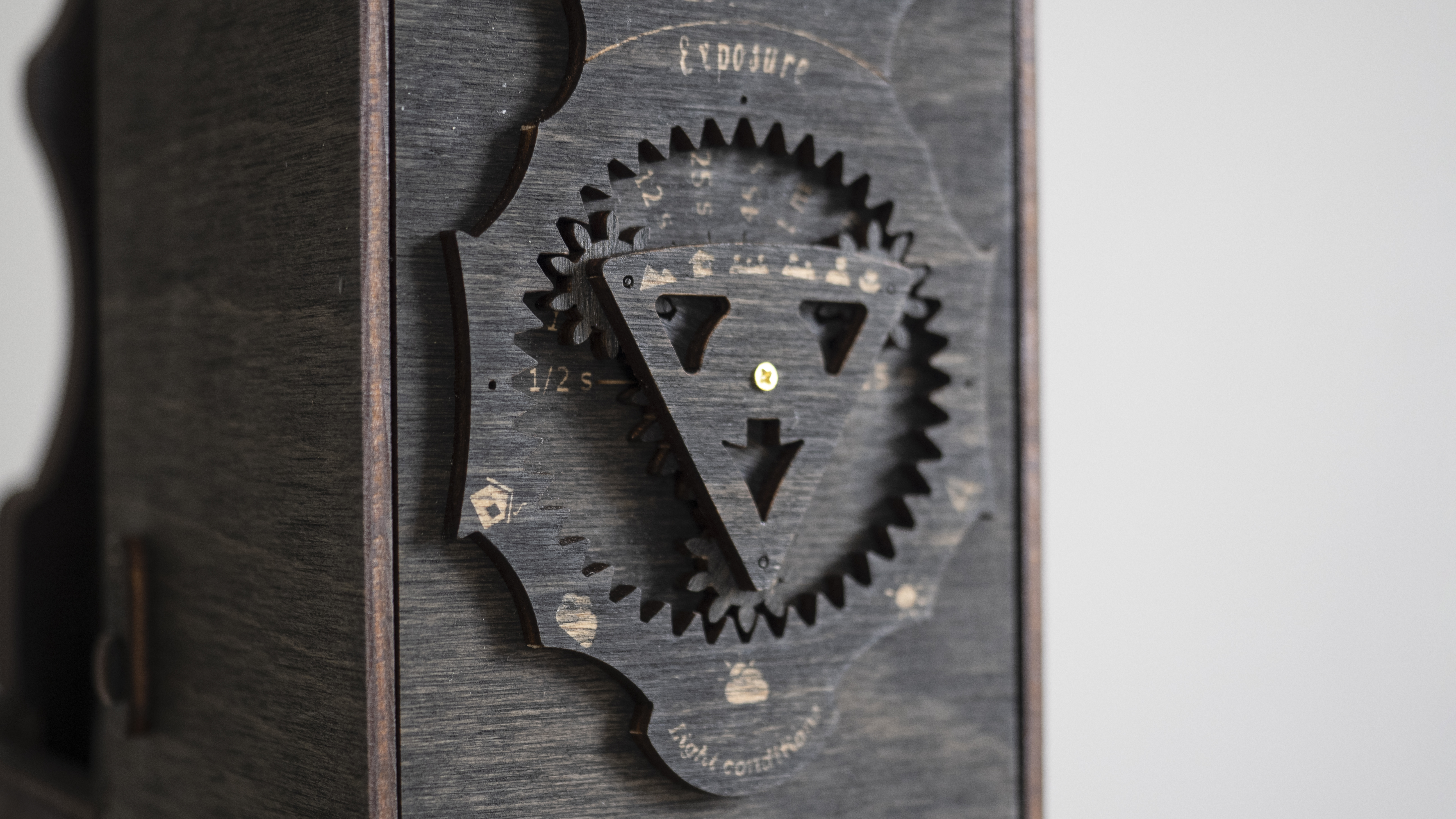
Even so, you still need to interpret the available light and ambient conditions (unless you have a light meter, which actually might be a smart idea to improve your consistency). You might also have to make adjustments on the fly, if the sun decides to duck in and out of clouds in the middle of your exposure!
All of this will result in a whole lot of badly composed images, incorrect exposures, and generally hit and miss shots. And this is why the Jollylook is so much fun to use.
Coming from the digital world – especially mirrorless, where the viewfinder shows you exactly what you're going to get and you can rattle off as many shots as you like – we're being completely detached from actual photography. We take the simple act of exposure for granted.
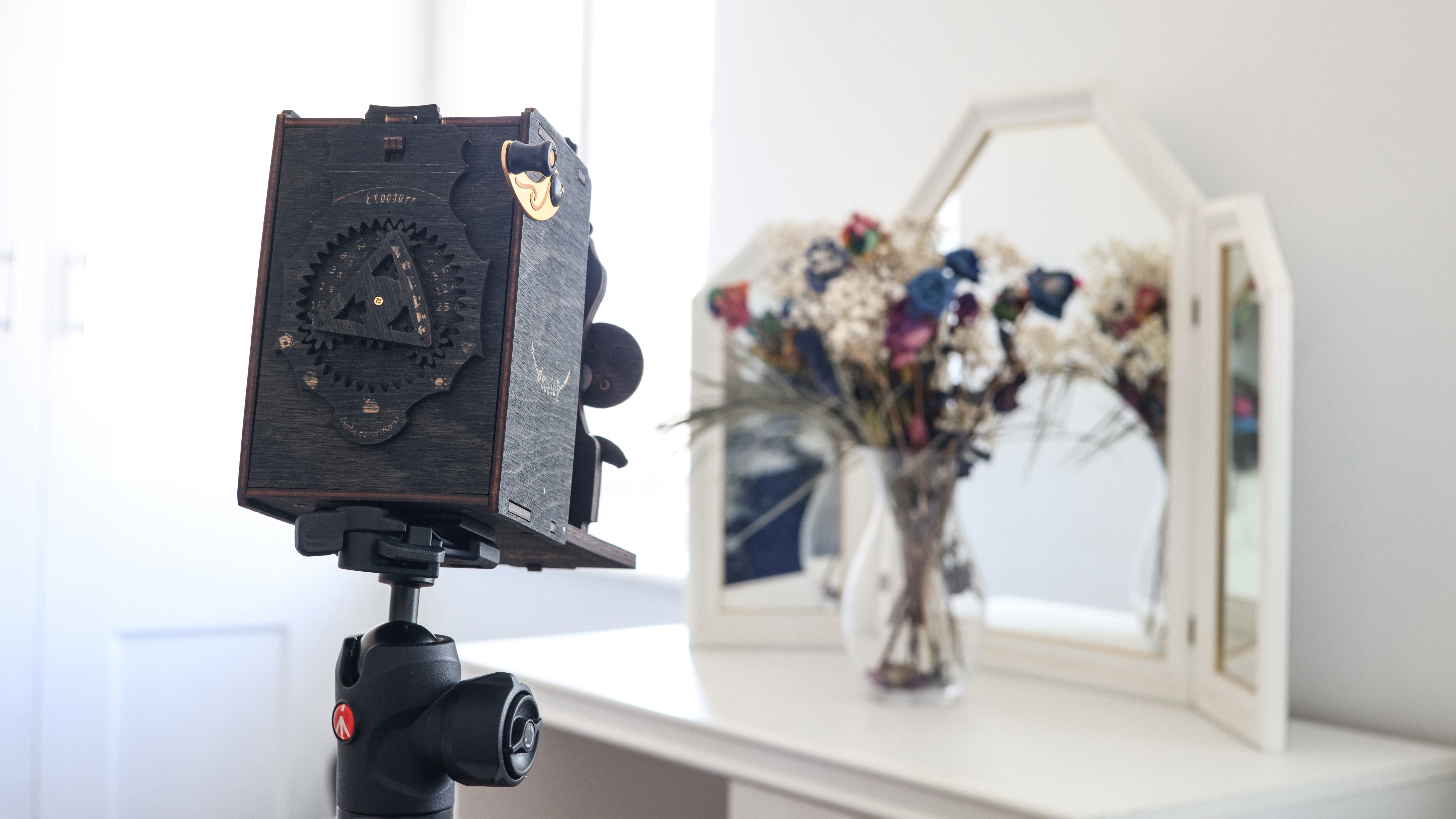
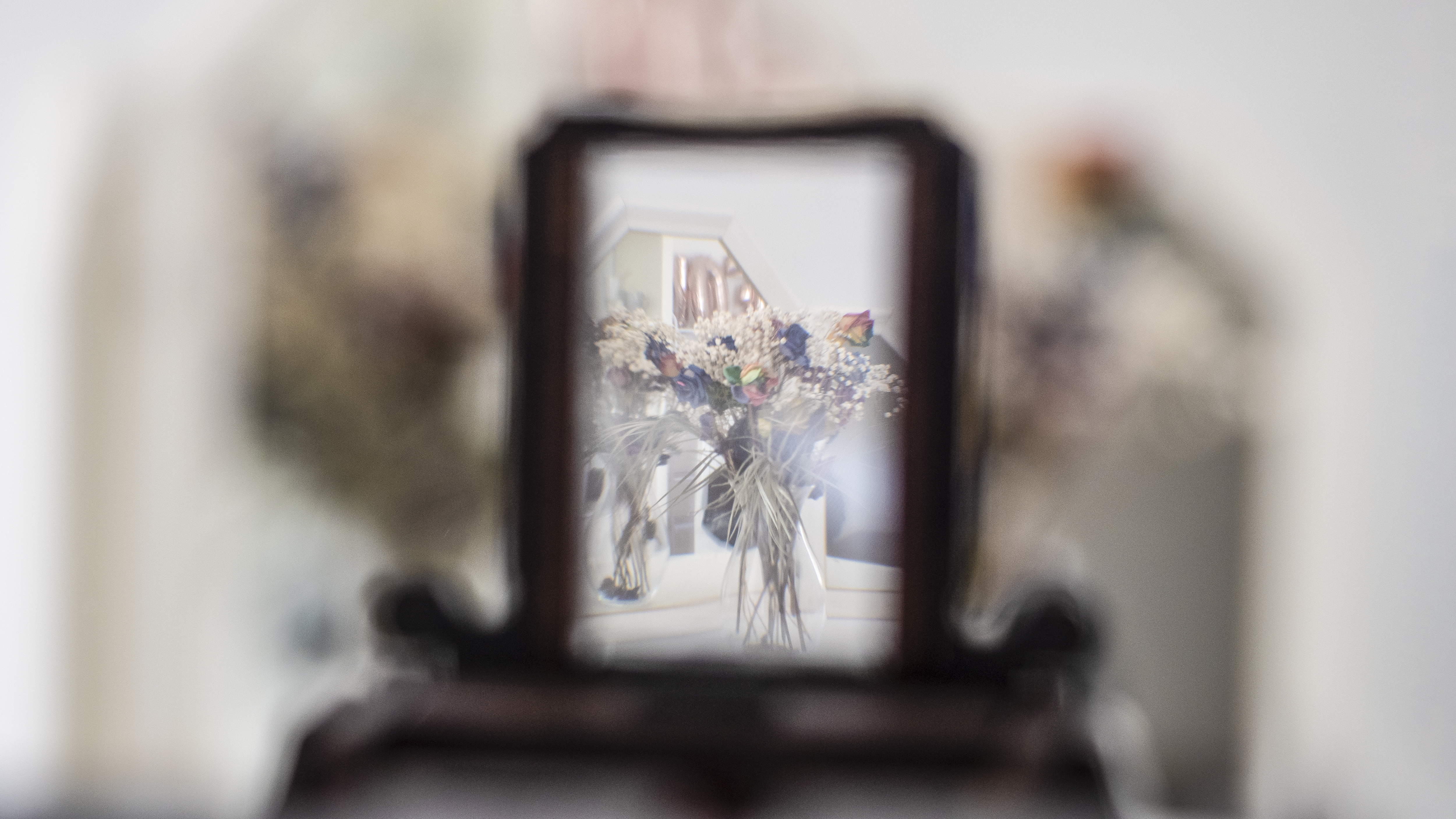
But here, where you have to physically move a shutter and time the precise number of seconds that you're allowing light to hit a sheet of film, you appreciate the act of exposure and photography in an entirely fresh way.
And that's why the Jollylook Pinhole is one of the most fun cameras I've ever used. Especially for just $69 (around £57 / AU$99)! The camera's Kickstarter campaign is in its home stretch right now, so if you're interested make sure to check it out before it closes on Friday September 09.
Please note: As with all crowdfunded projects, there is no certainty that the final product will ultimately be released or even resemble the initial depictions. DCW makes no endorsements or guarantees about this or any other crowdfunded product.
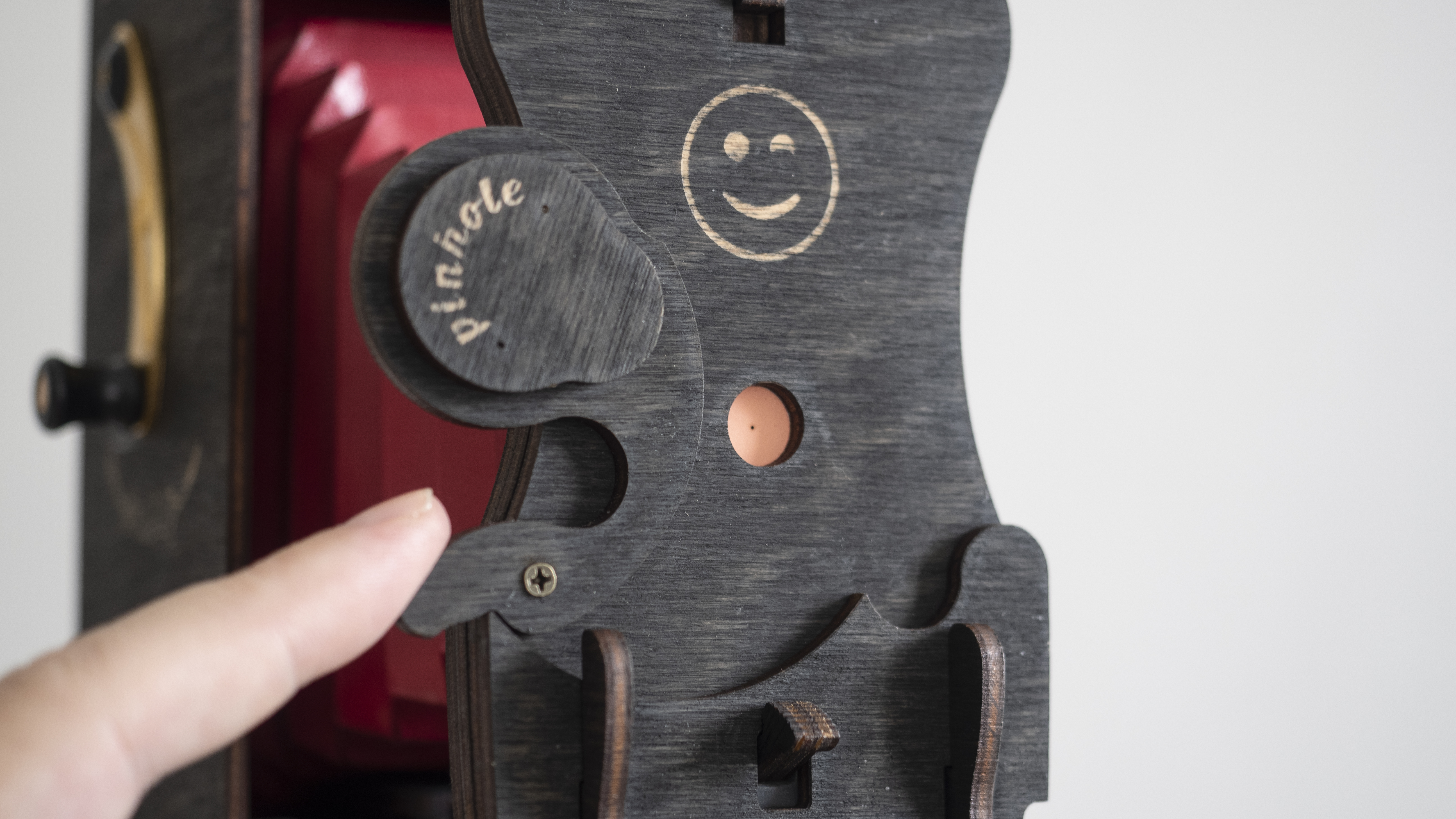
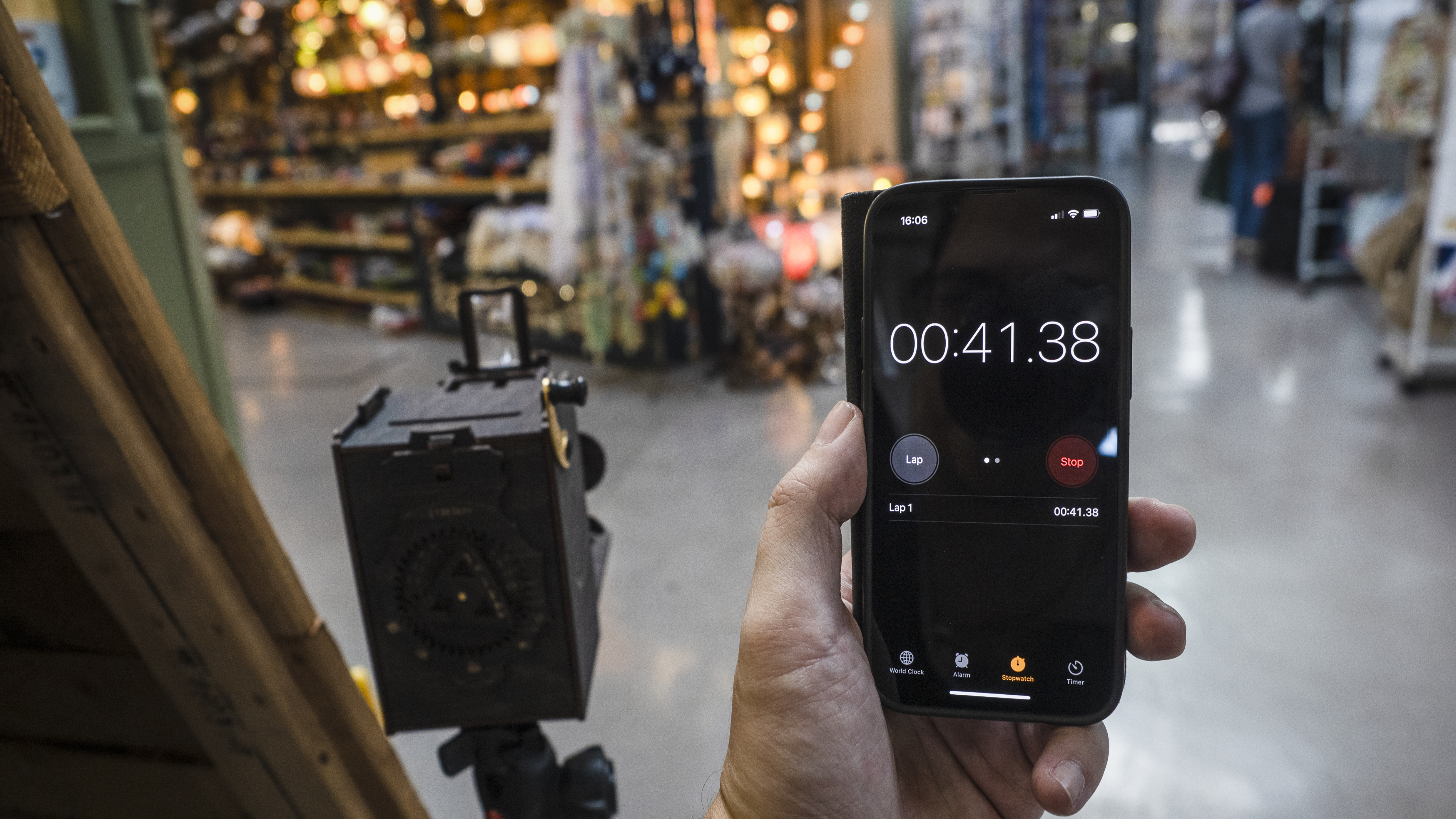
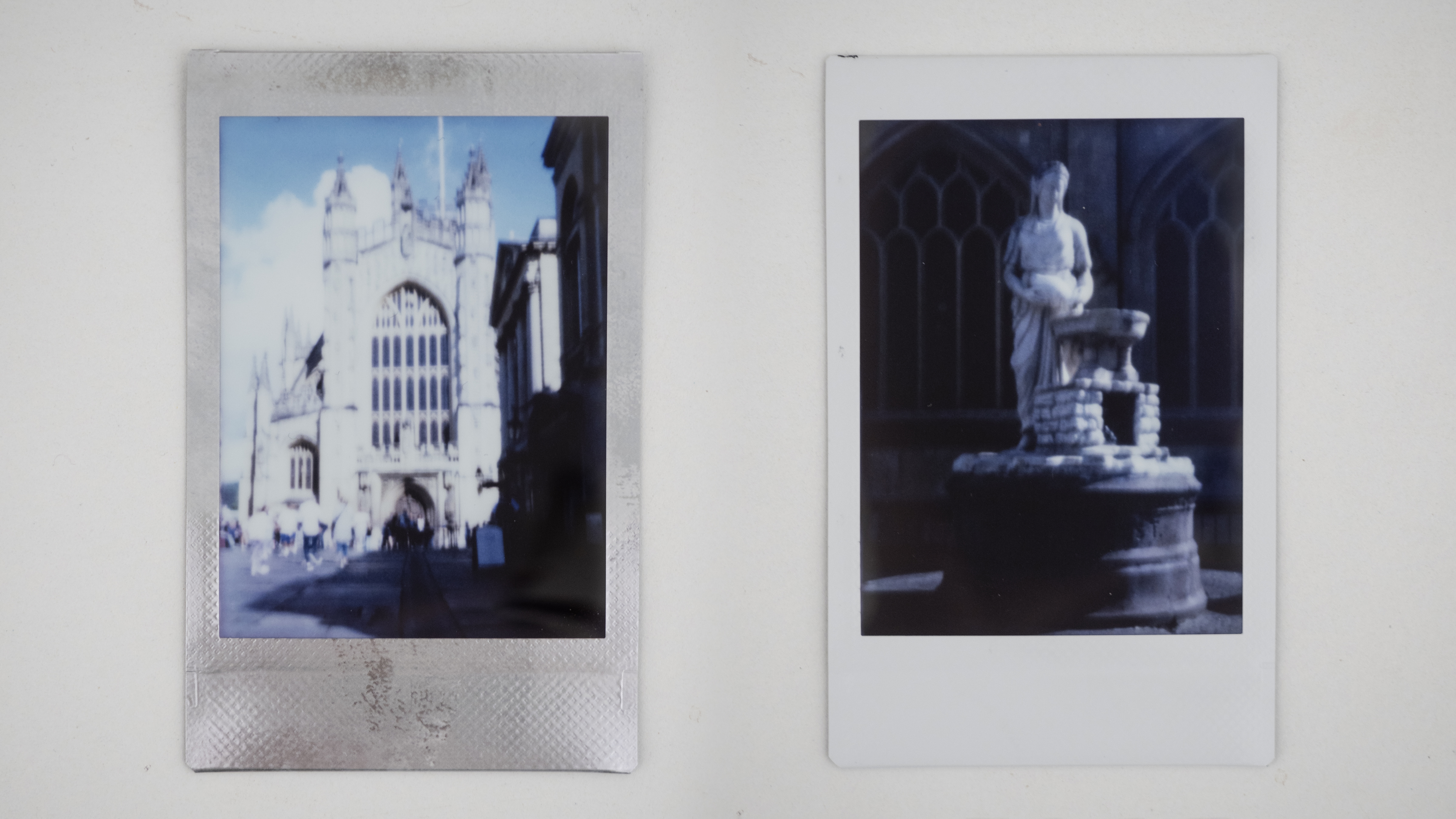
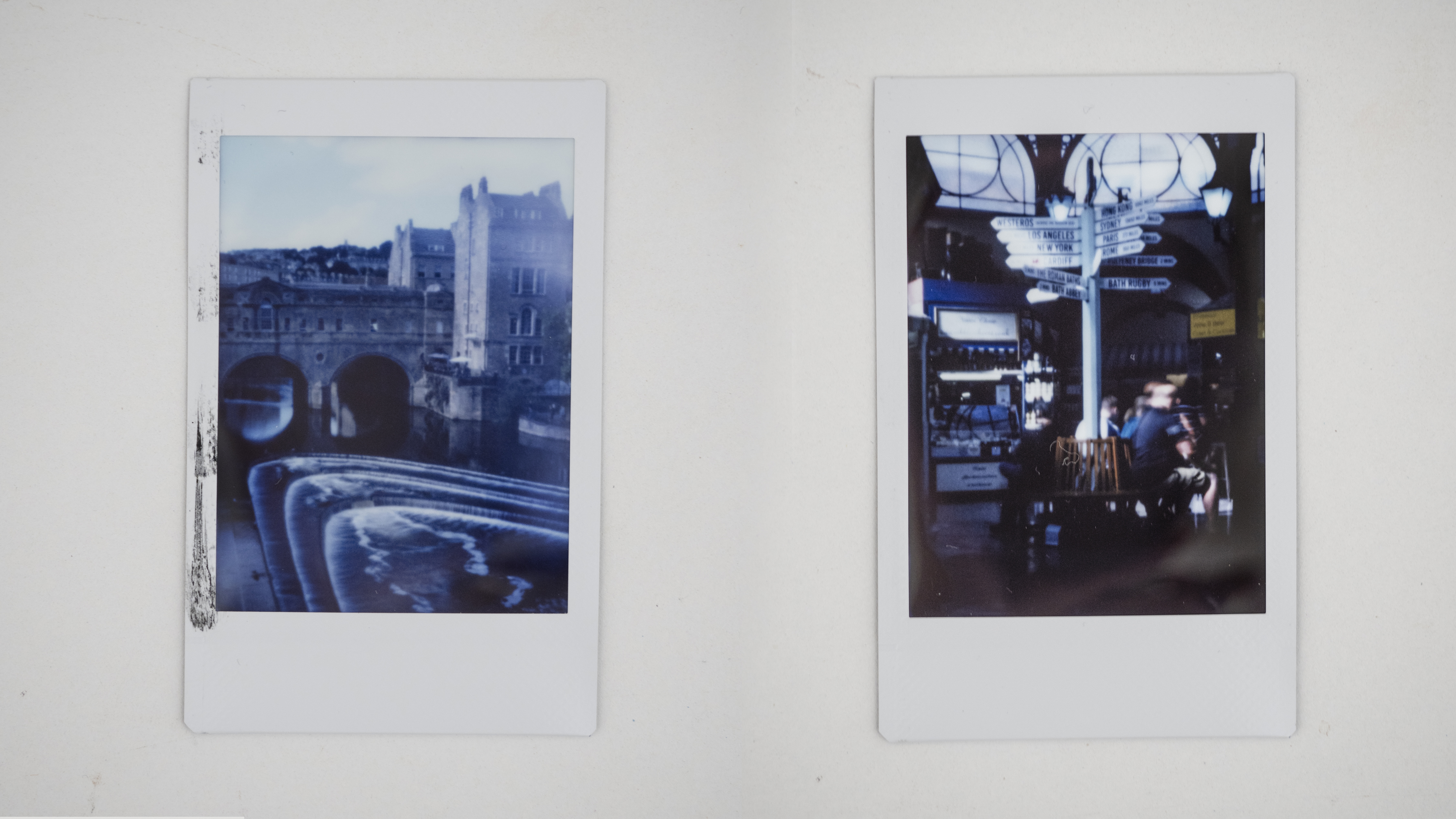
Read more:
Pinhole photography
What is a pinhole camera
Thingify Pinhole Pro Max review

James has 22 years experience as a journalist, serving as editor of Digital Camera World for 6 of them. He started working in the photography industry in 2014, product testing and shooting ad campaigns for Olympus, as well as clients like Aston Martin Racing, Elinchrom and L'Oréal. An Olympus / OM System, Canon and Hasselblad shooter, he has a wealth of knowledge on cameras of all makes – and he loves instant cameras, too.
